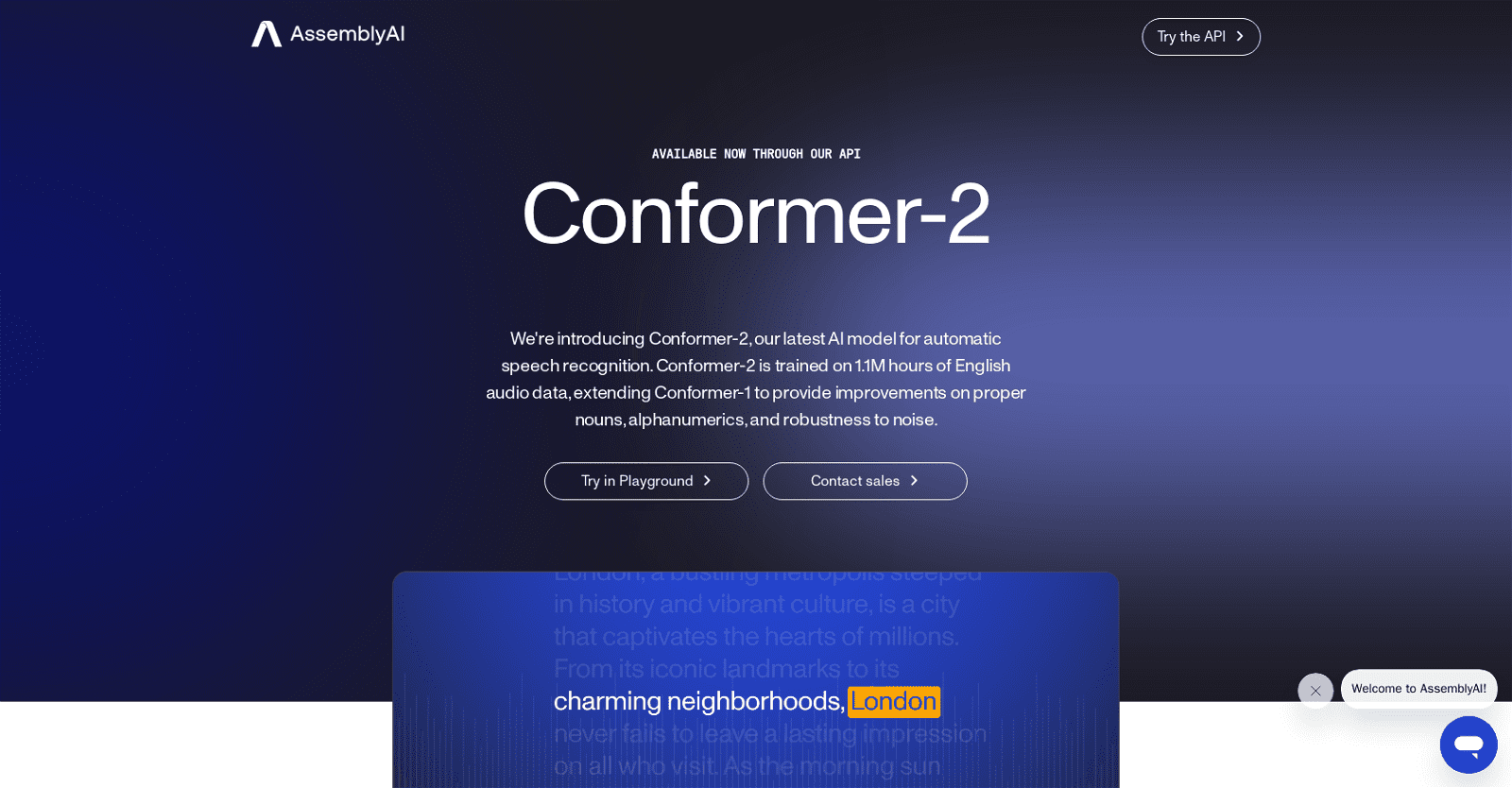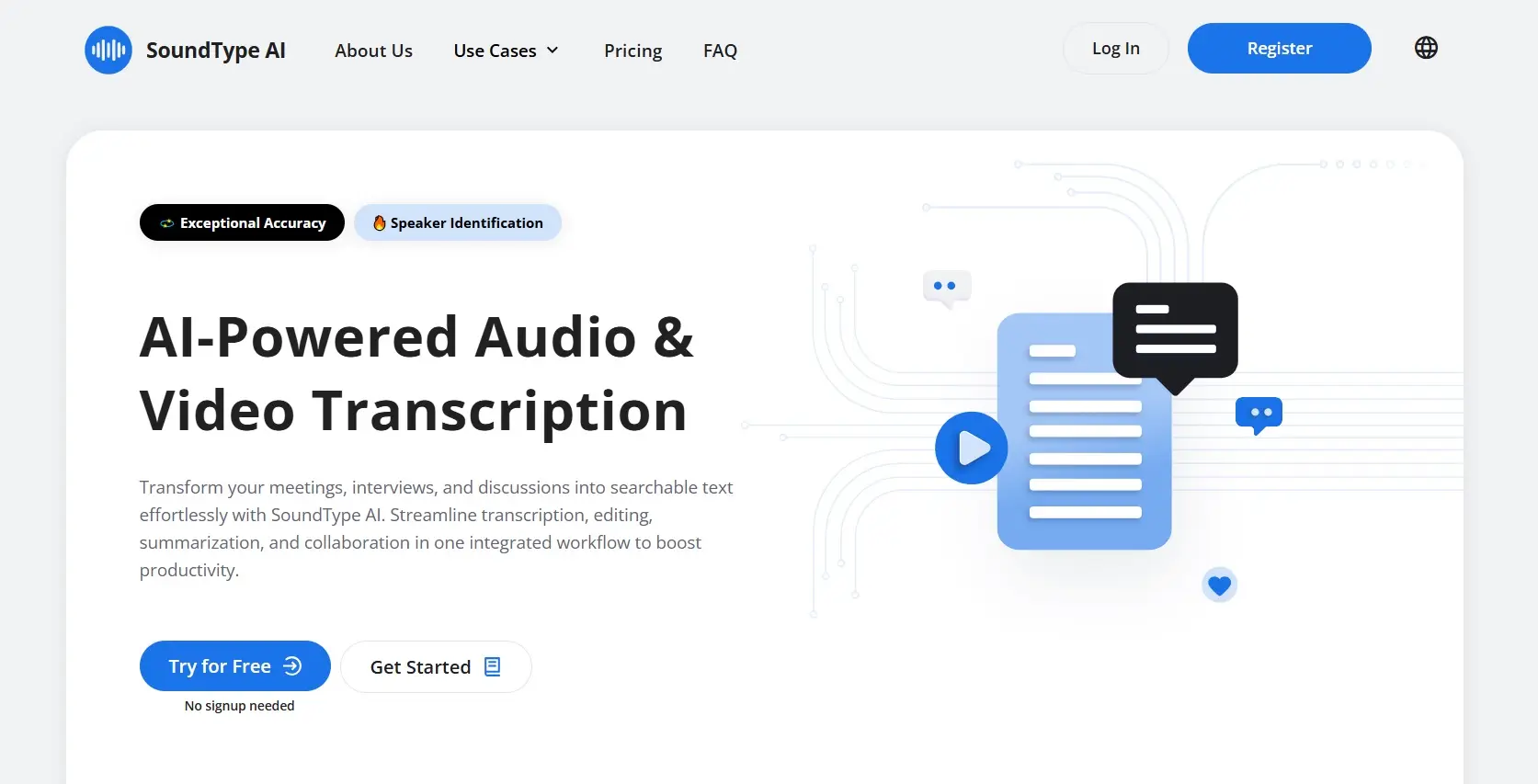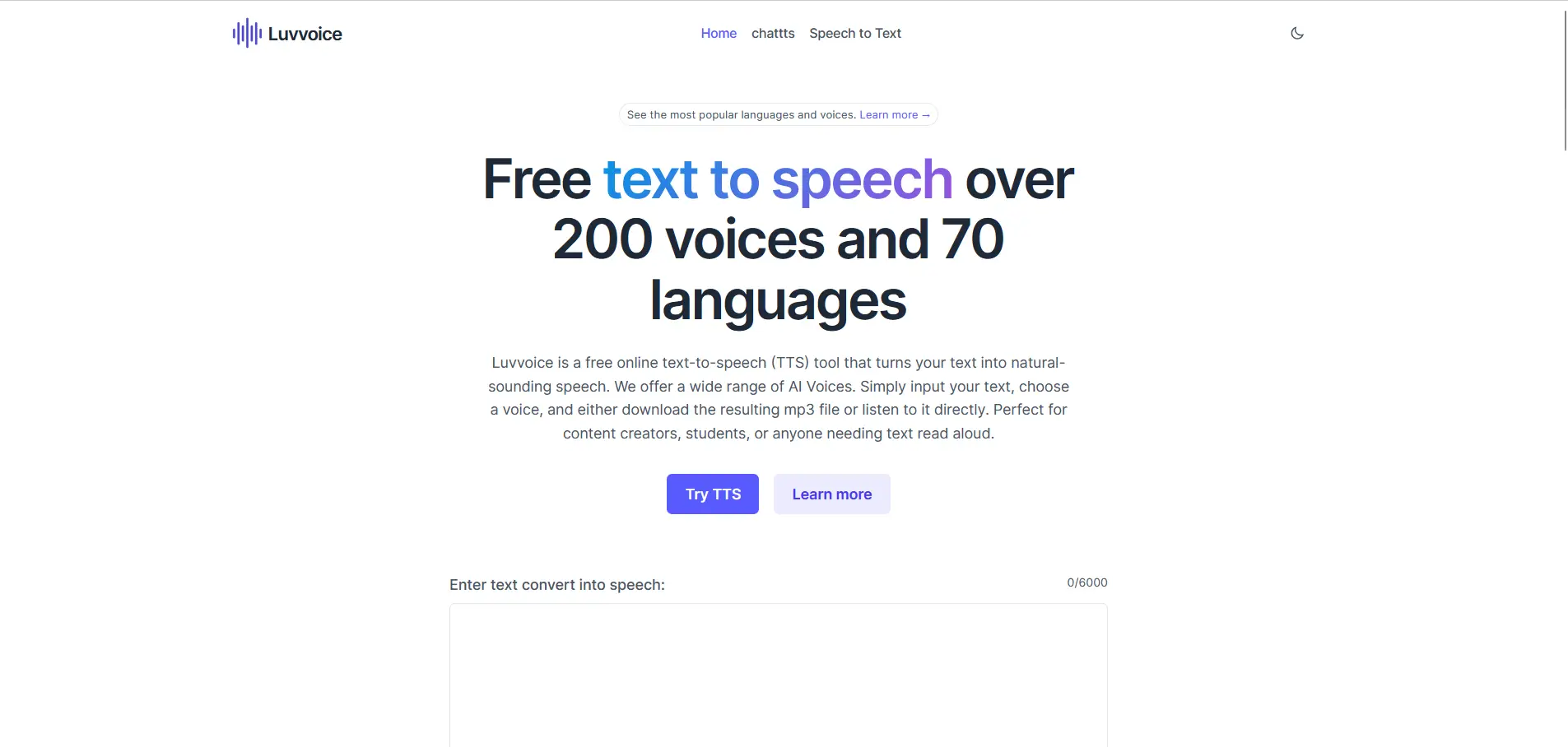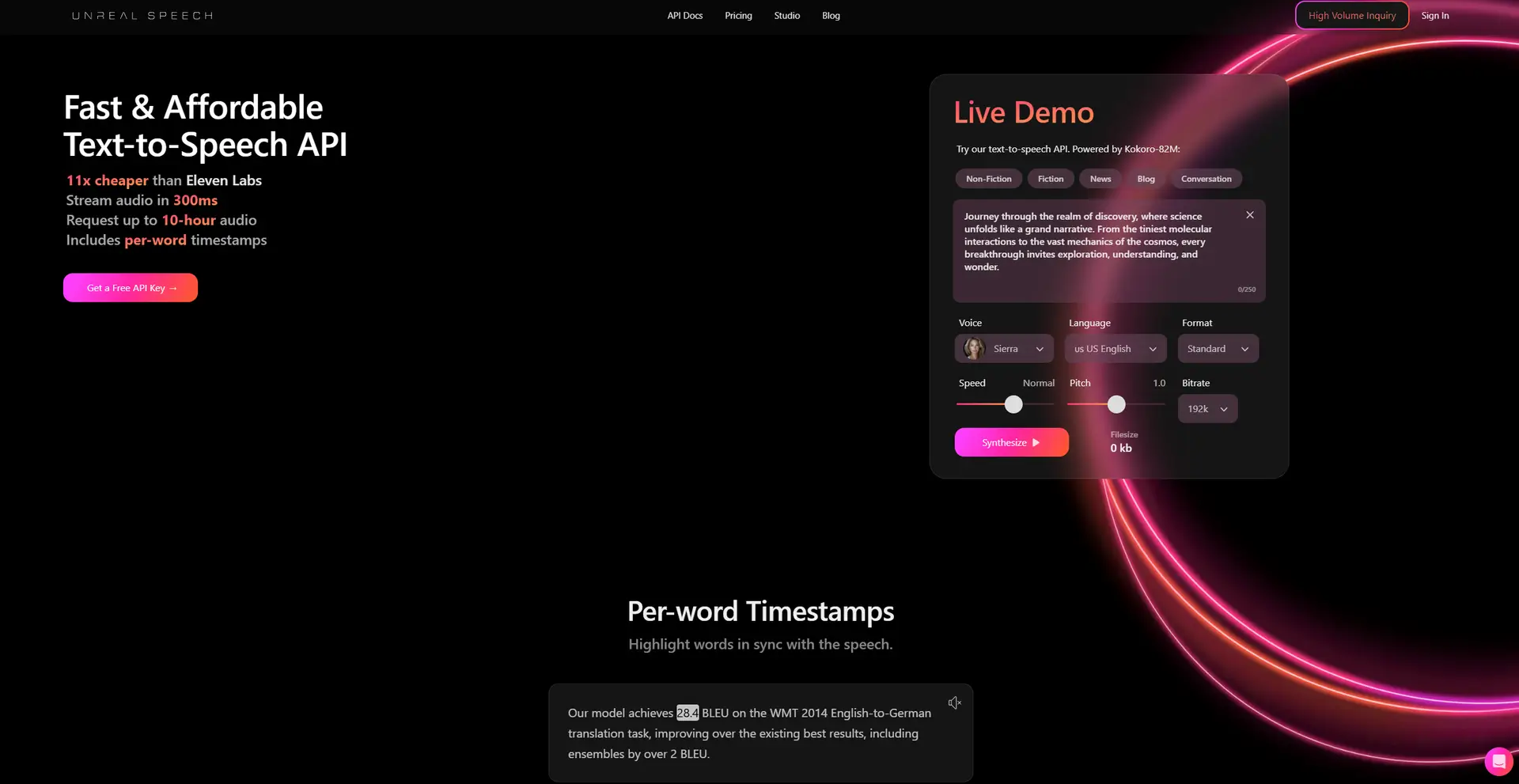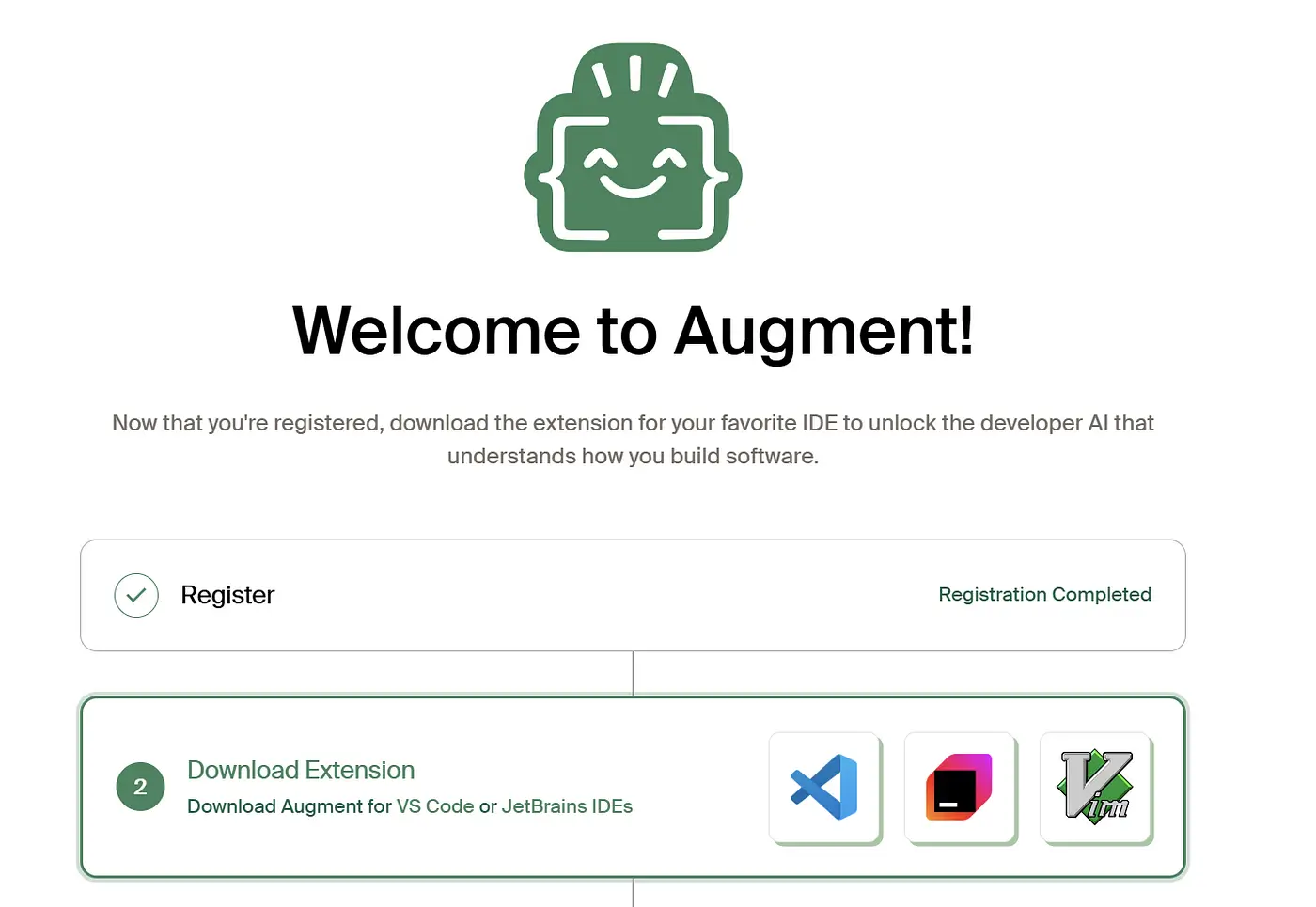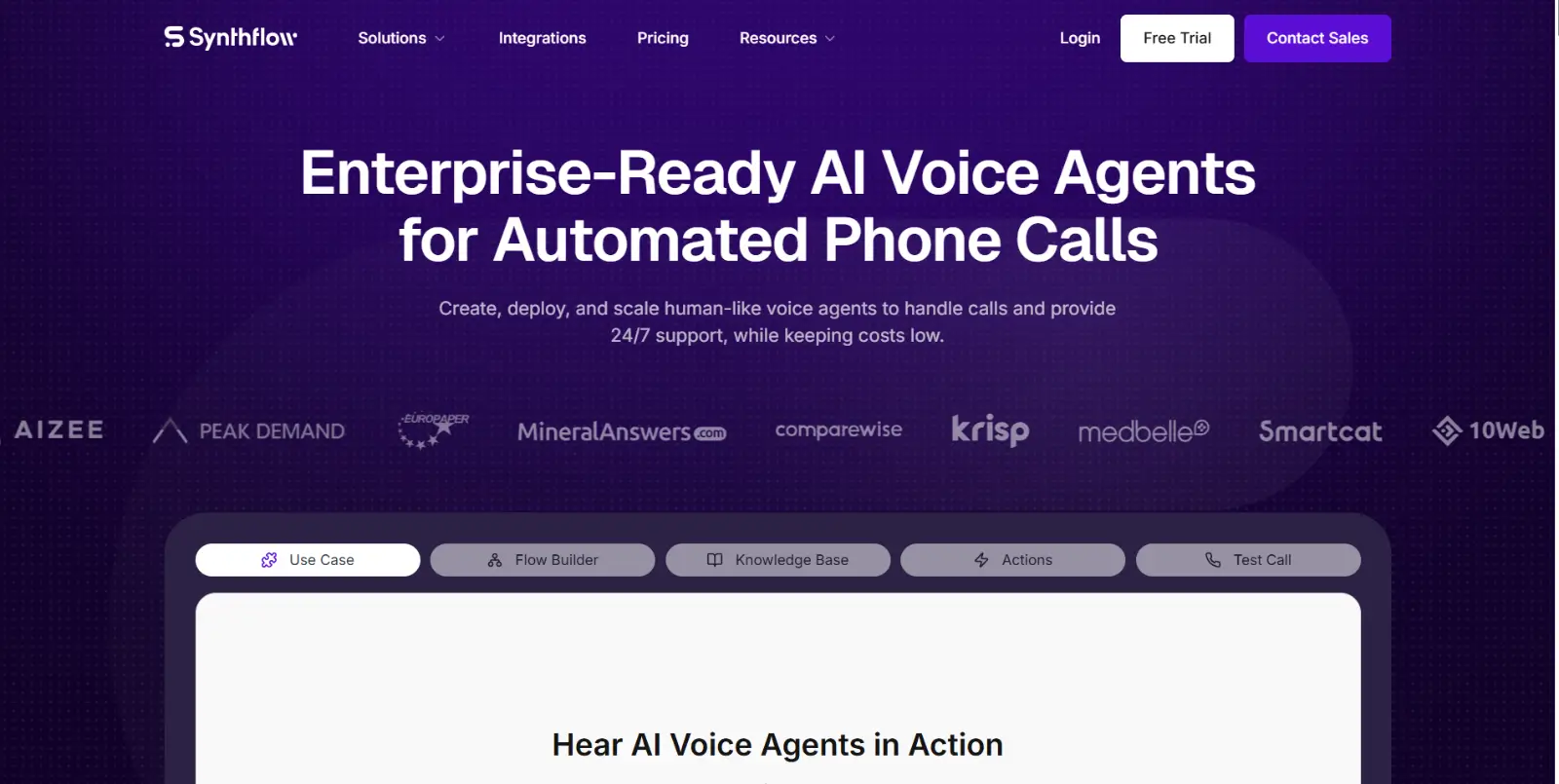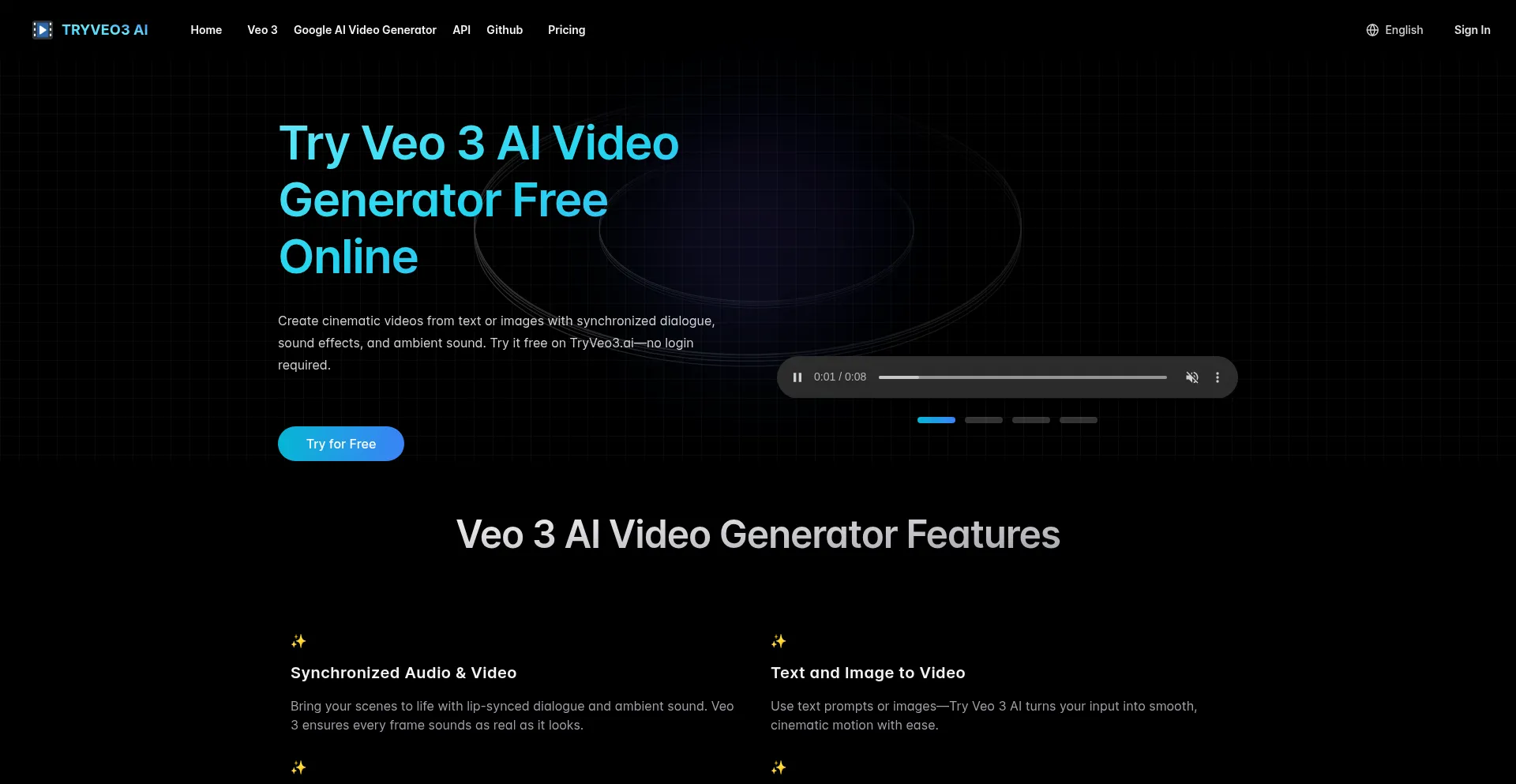Conformer-2 stands as a cutting-edge AI model tailored specifically for automatic speech recognition tasks. Built upon the foundation of its predecessor, Conformer-1, this advanced model has undergone significant advancements, propelled by extensive training on a vast corpus of English audio data spanning 1.1 million hours.
Distinctively, Conformer-2 prioritizes the refinement of crucial aspects such as proper noun recognition, alphanumerics interpretation, and resilience against noise interference. Its development trajectory draws inspiration from DeepMind’s Chinchilla paper, advocating for ample training data to bolster the efficacy of large language models.
A notable innovation within Conformer-2 lies in its implementation of model ensembling. Departing from the reliance on singular teacher models, this iteration harnesses the collective insights of multiple robust teachers, mitigating variance and amplifying performance, particularly in encounters with unfamiliar data during training.
Despite its augmented size, Conformer-2 demonstrates commendable improvements in processing speed compared to its precursor. Through streamlined serving infrastructure optimizations, it achieves remarkable efficiency gains, boasting up to a 55% reduction in relative processing duration across audio files of varying lengths.
In practical scenarios, Conformer-2 showcases substantial enhancements across an array of user-centric metrics. Notable among these are a 31.7% enhancement in alphanumeric recognition, a 6.8% reduction in proper noun error rates, and a notable 12.0% fortification in noise robustness. These strides owe their success to the amalgamation of amplified training data and the utilization of an ensemble model approach.
Given its proficiency in generating precise speech-to-text transcriptions, Conformer-2 emerges as a pivotal asset in AI pipelines geared towards generative AI applications reliant on spoken data inputs.
More details about Conformer2
What is model ensembling in the context of Conformer-2?
In the context of Conformer-2, model ensembling is a technique adopted to enhance prediction accuracy and reliability. Instead of relying solely on predictions from a single teacher model, Conformer-2 leverages the insights from multiple robust teacher models. By aggregating the predictions from these diverse sources, the model can better handle variations in data and improve overall performance, particularly when confronted with unseen data during training.
How can I test Conformer-2?
You can test Conformer-2 through the Playground feature available on the official website. This tool allows you to upload a file or input a YouTube link, enabling you to quickly obtain a transcription with just a few clicks. Alternatively, you can sign up for a free API token and directly access the API to experiment with Conformer-2’s capabilities.
What tangible benefits will I see as a user when transitioning from Conformer-1 to Conformer-2?
Transitioning from Conformer-1 to Conformer-2 yields substantial benefits for users. These improvements include a 31.7% increase in accuracy for alphanumeric recognition, a 6.8% reduction in proper noun error rates, and a noteworthy 12.0% enhancement in noise robustness. Furthermore, despite its larger model size, Conformer-2 offers significantly faster processing speeds, delivering results up to 55% quicker than Conformer-1.
How does Conformer-2 enhance noise robustness?
Conformer-2 demonstrates considerable enhancements in noise robustness, a crucial aspect of speech recognition systems. Compared to Conformer-1, Conformer-2 achieves a notable 12.0% improvement in noise robustness, making it better equipped to handle real-world scenarios with varying levels of background noise. This enhancement ensures more reliable and accurate transcriptions, particularly in environments where noise interference is prevalent.
